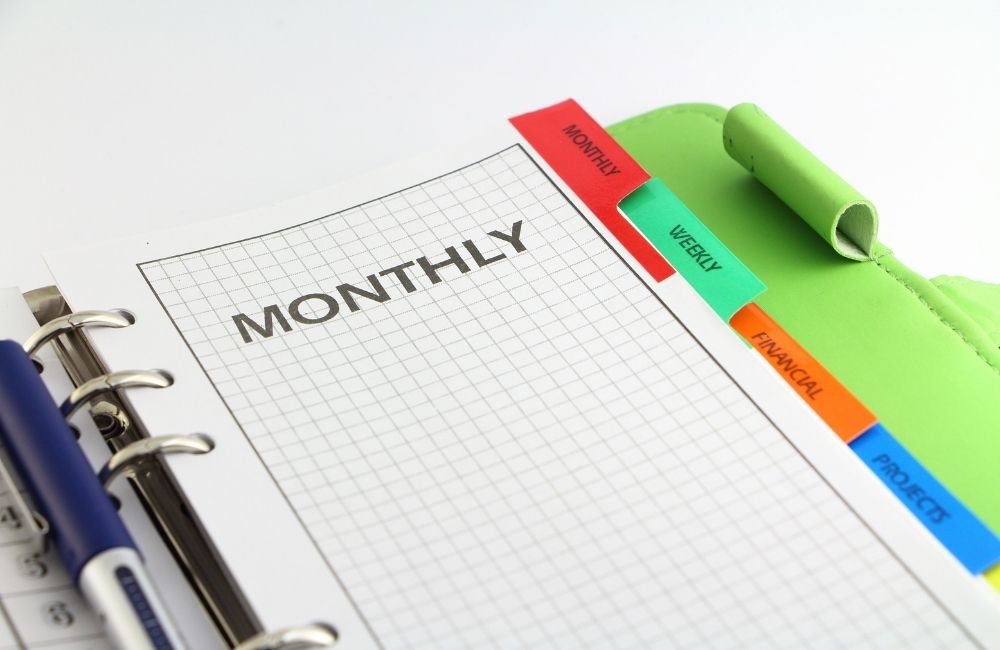Planning your finances monthly isn’t just for the ultra-disciplined — it’s for anyone who wants control, clarity, and confidence over their money. A realistic monthly plan helps you align your income with your goals, avoid surprises, and make smarter daily decisions.
In this post, we’ll walk through a practical, proven system to create your own monthly plan using insights and tools from MoneySuite Pro.
1. Start with Your Net Income
Your monthly plan begins with your actual take-home pay — not your gross salary.
Include income from freelancing, side gigs, or irregular sources, but always base your budget on the most consistent figures.
Use PlanWise’s Income Visualizer to get a clear picture of your total incoming cash for the month.
2. Track Fixed Expenses First
Fixed expenses don’t change much month-to-month:
- Rent or mortgage
- Insurance
- Debt payments
- Subscriptions
These should be your first entries. Set them up in PlanWise Budget Manager to auto-fill and update monthly.
3. Estimate Variable Expenses
Now estimate things like:
- Groceries
- Gas
- Dining out
- Entertainment
Look at past bank statements or use PlanWise’s Spending Analyzer to get averages. It’s okay to slightly overestimate these — you can always adjust later.
4. Set Monthly Goals
This is the part most people skip — but it’s crucial.
Ask yourself: What financial goal matters most this month?
- Pay off $500 in credit card debt?
- Save $200 for vacation?
- Put $100 in an emergency fund?
Set 1-3 specific goals, and assign a budget to each. Use MoneyKit’s Goal Allocator to track them.
5. Build a Buffer
Life happens. Build a buffer category (e.g., $100–$200) for unexpected costs like repairs, gifts, or fees.
This small addition prevents your budget from derailing at the first surprise expense.
6. Choose a Planning Style That Works for You
Not everyone likes spreadsheets.
- Visual learner? Use pie charts and bar graphs in PlanWise.
- Prefer mobile? Try the MoneySuite mobile app.
- Love automation? Let the tool update categories based on transactions.
The best plan is the one you’ll actually stick to.
7. Review Weekly, Adjust Monthly
Review your plan every week to stay on track.
Are you overspending in one category? Can you reallocate to meet your goals?
End-of-month reviews help you refine next month’s plan. With time, your plan becomes more accurate — and more powerful.
Bonus: Use the 50/30/20 Rule (If You’re New)
If you’re just starting, the 50/30/20 rule is a good baseline:
- 50% Needs
- 30% Wants
- 20% Savings/Debt
PlanWise has a built-in 50/30/20 planner to help apply this system to your real numbers.
Conclusion
Creating a realistic monthly plan is a habit that transforms your finances. You don’t need to be perfect — just consistent. With the right tools and mindset, you’ll stop guessing and start gaining control.
Take action: Log into PlanWise, enter your income and fixed costs, and set one financial goal for the month. That’s your first step to mastery.

